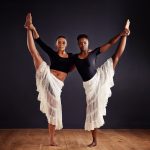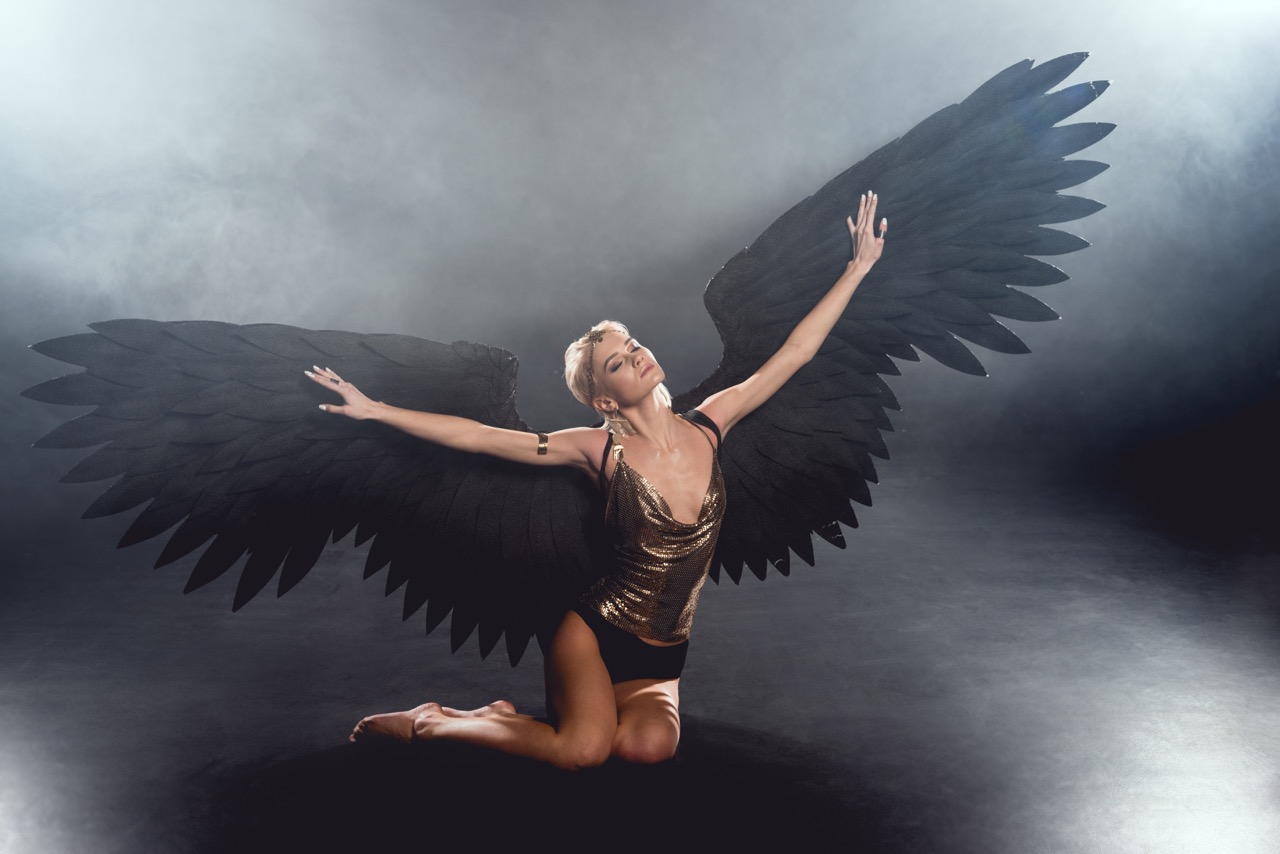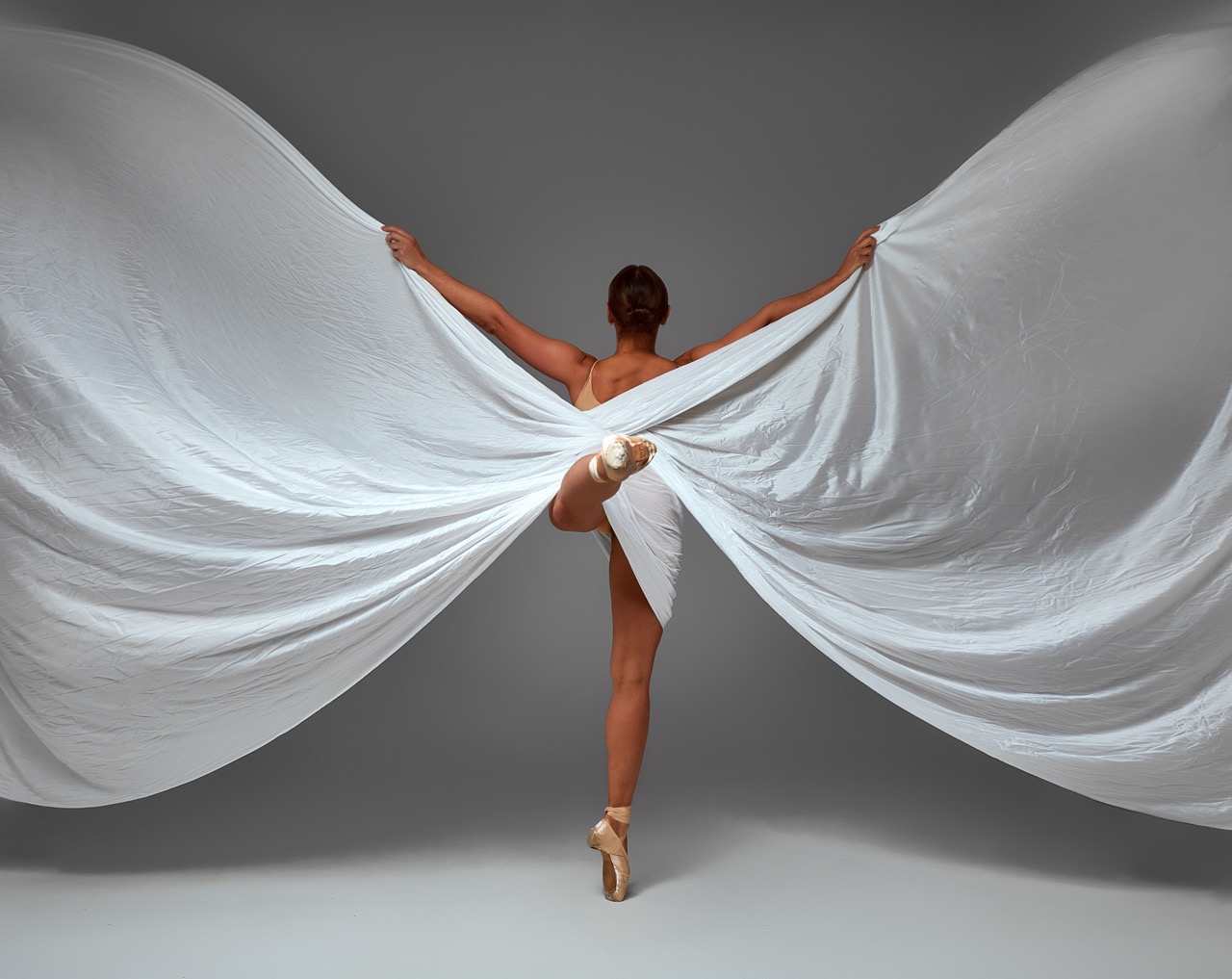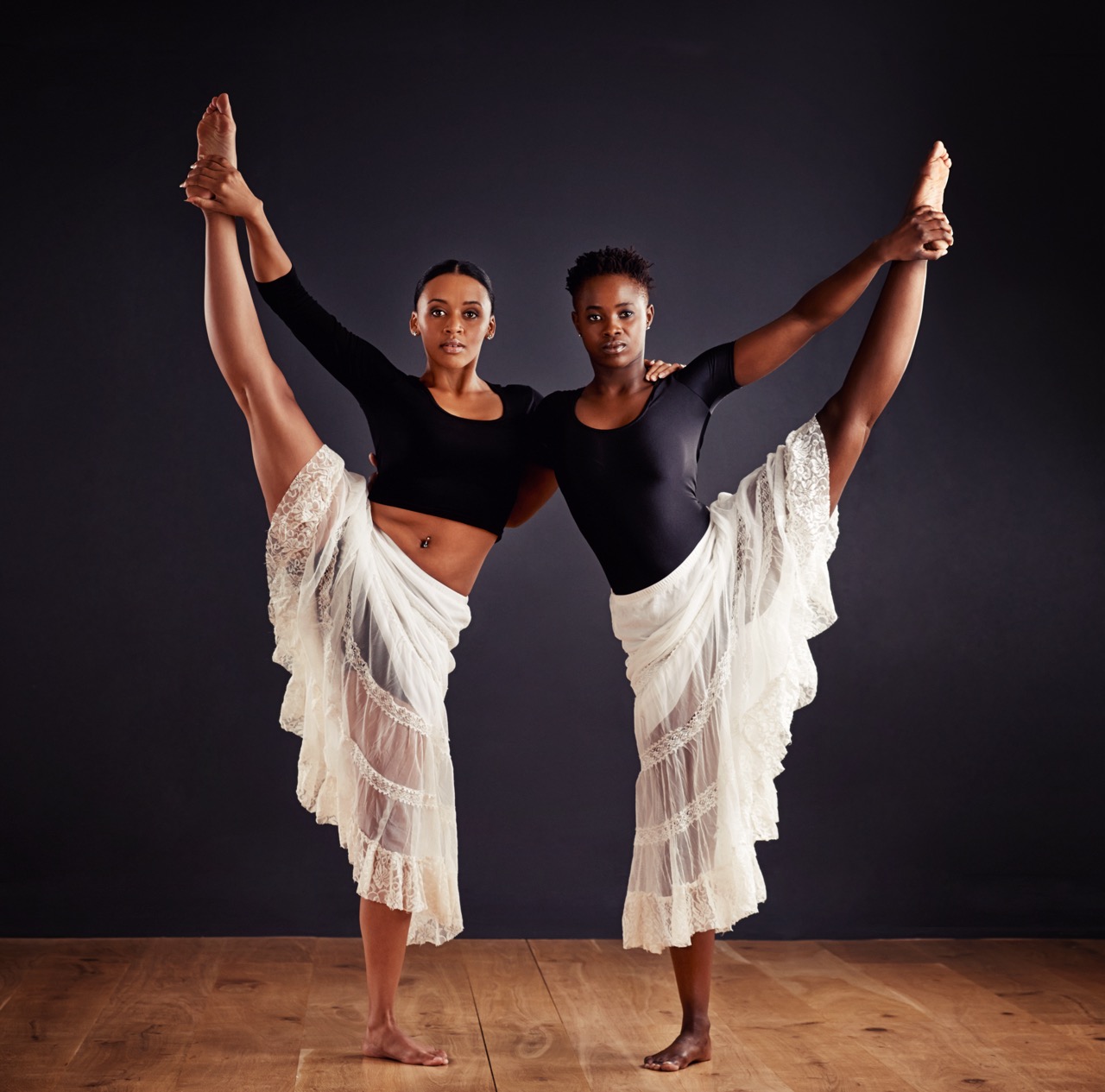Dance is a vibrant and dynamic form of expression that transcends barriers of language and culture, serving as a universal medium to convey emotions, stories, and traditions. Throughout history, dance has played a pivotal role in marking significant milestones and celebrating cultural heritage. It connects individuals to their roots, strengthens community bonds, and unites people in shared experiences. This article explores the multifaceted role of dance in celebrating milestones and traditions, highlighting its impact on cultural expression, life events, community rituals, and global traditions.
Dance as a Cultural Expression: Honoring Our Roots
At its core, dance is a profound cultural expression that pays homage to the traditions and histories of diverse communities. Each dance form encapsulates the values, beliefs, and narratives of its origin, serving as a living archive of human experience. For instance, traditional African dances often reflect communal values and ancestral reverence, while classical Indian dances like Bharatanatyam tell stories from mythology and spirituality. Through these movements, dancers embody their cultural heritage, allowing audiences to connect to their roots.
Moreover, dance acts as a vessel for preserving cultural identity in an increasingly globalized world. As communities face the challenges of modernization and assimilation, traditional dance forms provide a powerful means of maintaining a sense of belonging and pride. Festivals, cultural gatherings, and community events often feature traditional dances, fostering an environment where these practices can thrive and evolve. Such celebrations not only honor the past but also inspire future generations to cherish and continue their cultural legacies.
Lastly, dance serves as a platform for dialogue between different cultures, fostering understanding and appreciation. When individuals from various backgrounds engage in dance, they share stories and experiences that transcend spoken language. Intercultural dance festivals and collaborative projects are prime examples of how dancing together can break down barriers, promote inclusivity, and celebrate the rich tapestry of human expression. Ultimately, through honoring our roots, dance creates a bridge between the past and present, fostering a deeper understanding of who we are as a collective.
Celebrating Life Events: The Dance of Joy and Remembrance
Life events—such as births, weddings, and funerals—are often accompanied by dance, reinforcing their significance and marking the passage of time. When a child is born, traditional dances may be performed to celebrate the new life and welcome the infant into the community. These dances often involve intricate movements, songs, and rituals that encapsulate the joy and hope that accompany new beginnings, creating a sense of unity among family and friends.
Weddings, too, are steeped in dance, where the act of dancing symbolizes the couple’s love and commitment. From the spirited line dances of Western weddings to the intricate choreography of South Asian nuptials, dance serves both as a celebration of the union and as a means of connecting families and communities. Each step and rhythm tells a story, with movements that reflect the unique cultural heritage of the couple, allowing their loved ones to partake in a shared narrative of love and joy.
Conversely, dance also plays a crucial role in remembrance and commemoration. In various cultures, dances are performed to honor the deceased, celebrating their lives while acknowledging the grief of those left behind. These dances can evoke powerful emotions, allowing mourners to express their sorrow and love through movement. By integrating dance into rituals of remembrance, communities create a space for healing, connection, and collective memory, underscoring the profound relationship between life and loss.
Rituals in Motion: How Dance Reinforces Community Bonds
Dance functions as a powerful tool for building and reinforcing community bonds during rituals and celebrations. In many cultures, communal dance takes center stage during festivals, religious ceremonies, and seasonal celebrations. Engaging in collective movement fosters a sense of belonging, as individuals come together to express shared values and experiences through rhythm and motion. This connection creates a tapestry of relationships woven together by the shared act of dancing.
The participatory nature of dance can also serve as a medium for conflict resolution and social cohesion. In communities facing divisions or challenges, communal dance can facilitate dialogue and understanding by promoting cooperation and empathy. For instance, dances that require collaboration and interaction can foster unity among diverse groups, reminding participants of their shared humanity. These experiences are transformative, highlighting the potential of dance to heal and connect people across differences.
Furthermore, dance rituals often reflect the collective memory of a community, celebrating its history and cultural identity. Through the enactment of traditional dances, members honor their ancestors and acknowledge their contributions to the community. This reverence for heritage strengthens intergenerational ties, as the younger members learn from their elders and participate in these time-honored practices. In this way, dance not only reinforces community bonds but also perpetuates the cycle of cultural transmission, ensuring that traditions endure through the ages.
From Personal to Universal: Dance in Global Traditions
While dance is deeply personal and often reflective of individual experiences, it also holds a universal quality that resonates across cultures. Many global traditions incorporate dance as a means of celebrating life’s milestones, from birth rites to harvest festivals. For example, the vibrant samba of Brazil captures the spirit of Carnival, while the elegant waltz of Europe epitomizes romance and social interaction. These dances, while unique to their respective cultures, share common threads of joy, celebration, and human connection.
In addition to personal expressions, dance has often been utilized to convey social messages and advocate for change. Movements such as hip-hop and contemporary dance have emerged as powerful platforms for addressing social issues, empowering communities to express their struggles, hopes, and dreams. The fusion of traditional and modern dance forms illustrates how dance adapts to the evolving landscape of society, making it a relevant and potent form of expression across generations.
Ultimately, the global nature of dance fosters a sense of shared humanity. Whether through the rhythmic movements of an Indigenous tribal dance or the energetic steps of a flash mob, dance transcends geographical boundaries and cultural differences. This universality invites individuals from all walks of life to join in celebration, fostering connection and understanding. As we embrace the diverse expressions of dance, we discover the commonalities that unite us, celebrating the beauty of our individual stories within the collective narrative of humanity.
In conclusion, the role of dance in celebrating milestones and traditions is profound and multifaceted. It serves as a cultural expression that honors our roots, a joyous celebration of life events, a ritual that reinforces community bonds, and a universal language that transcends borders. Through dance, we find connection, understanding, and a reflection of our shared humanity. As we continue to dance through life’s milestones, we honor not only our individual stories but also the rich tapestry of traditions that bind us together in celebration and remembrance.








